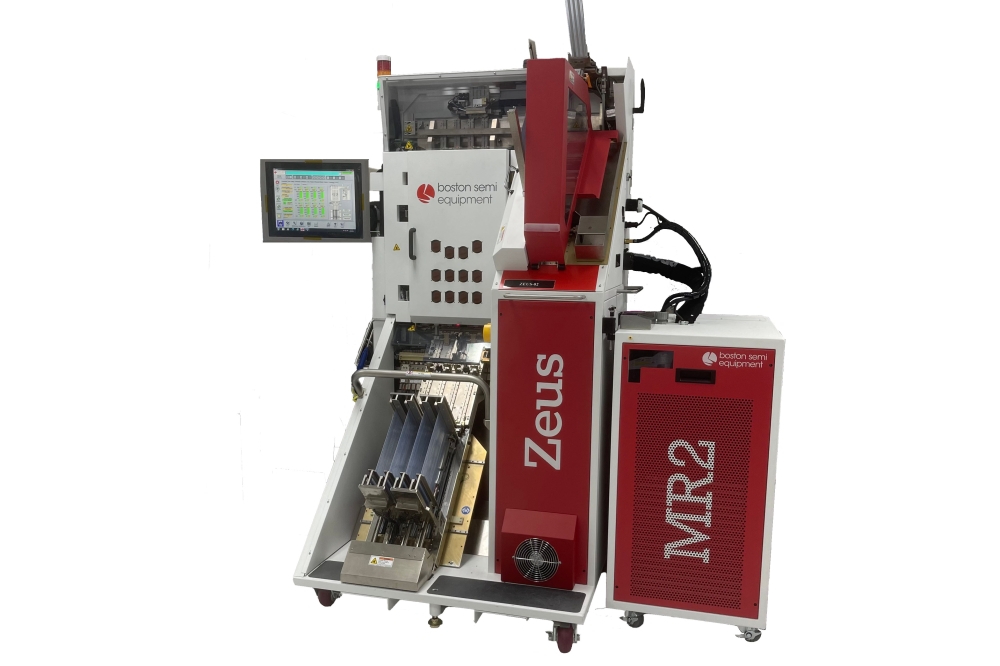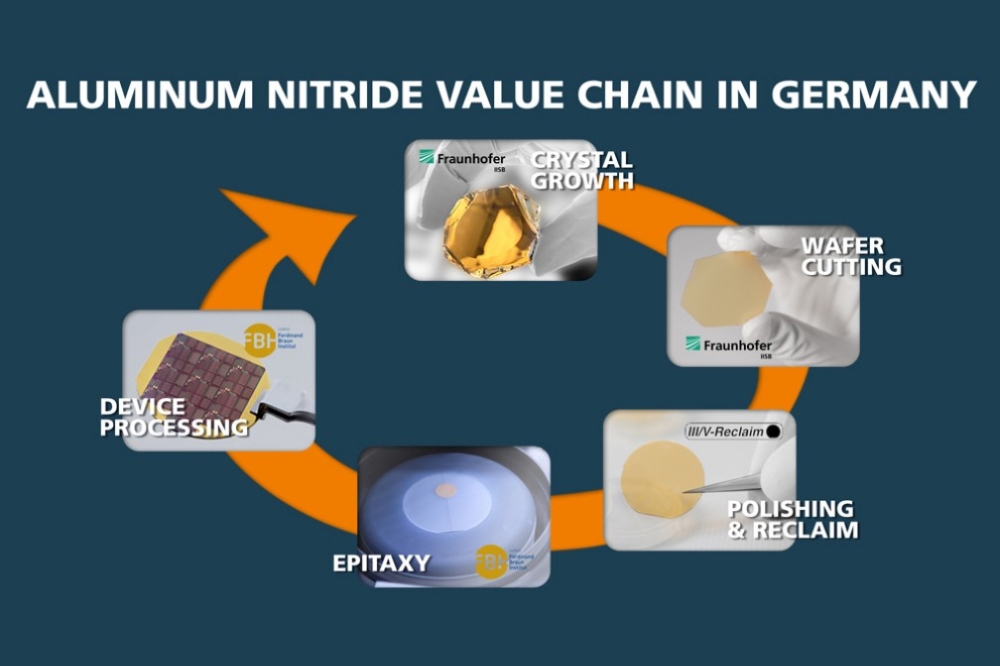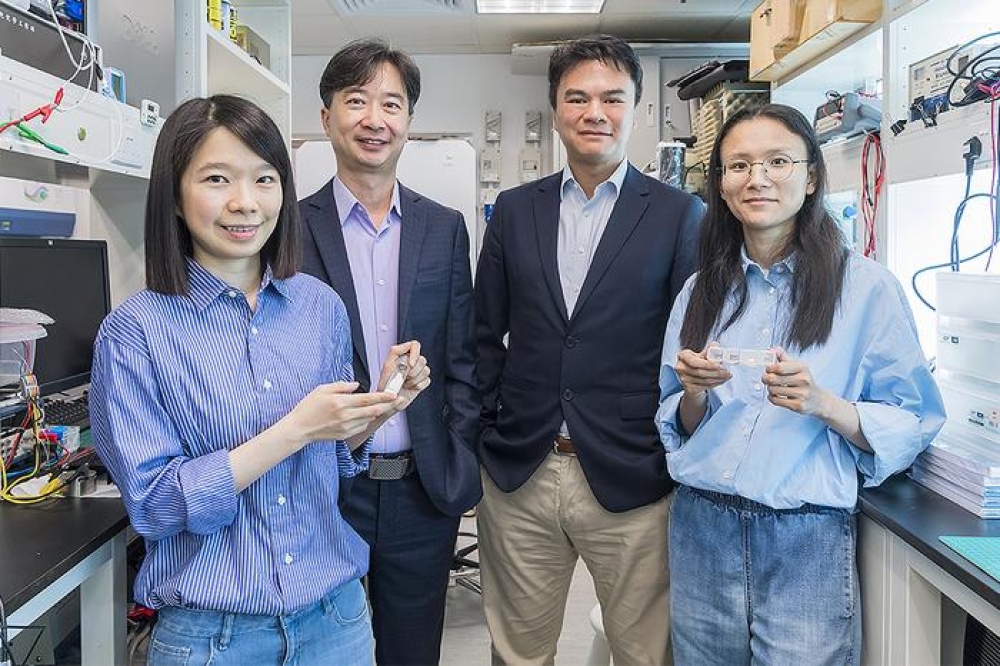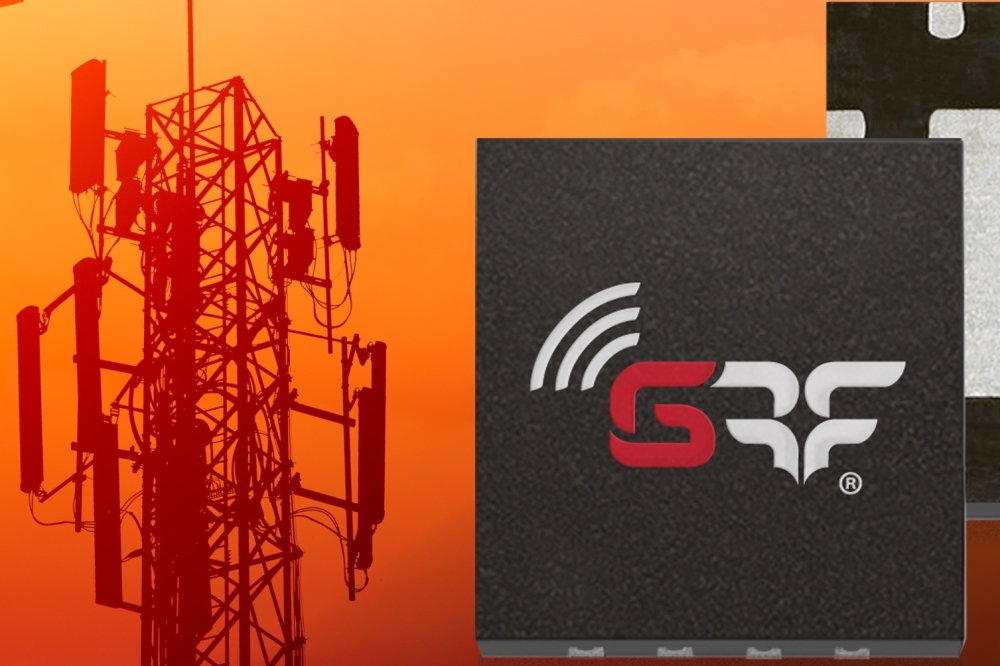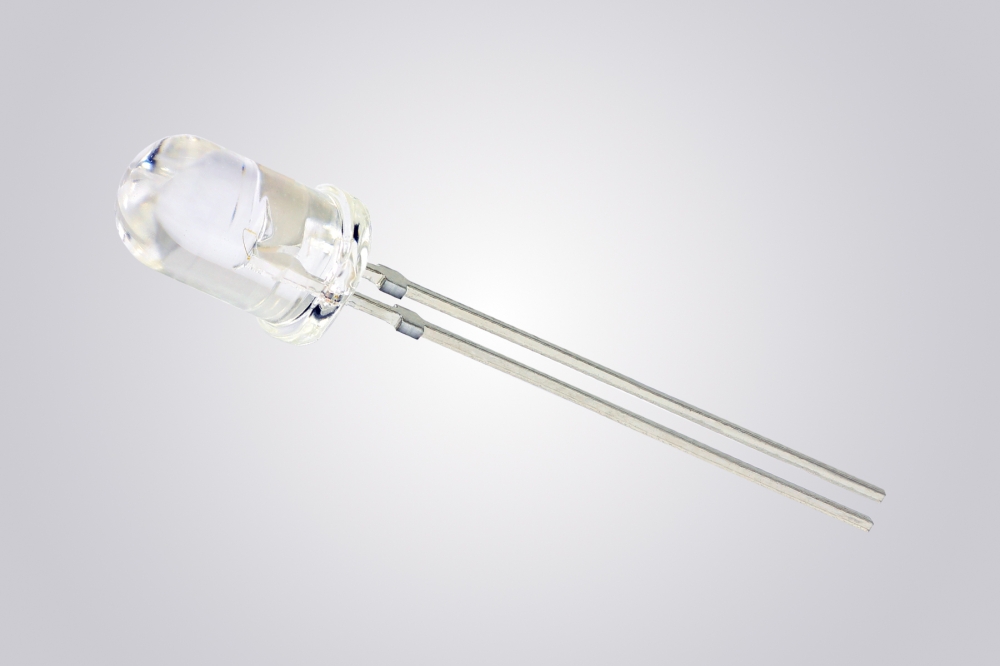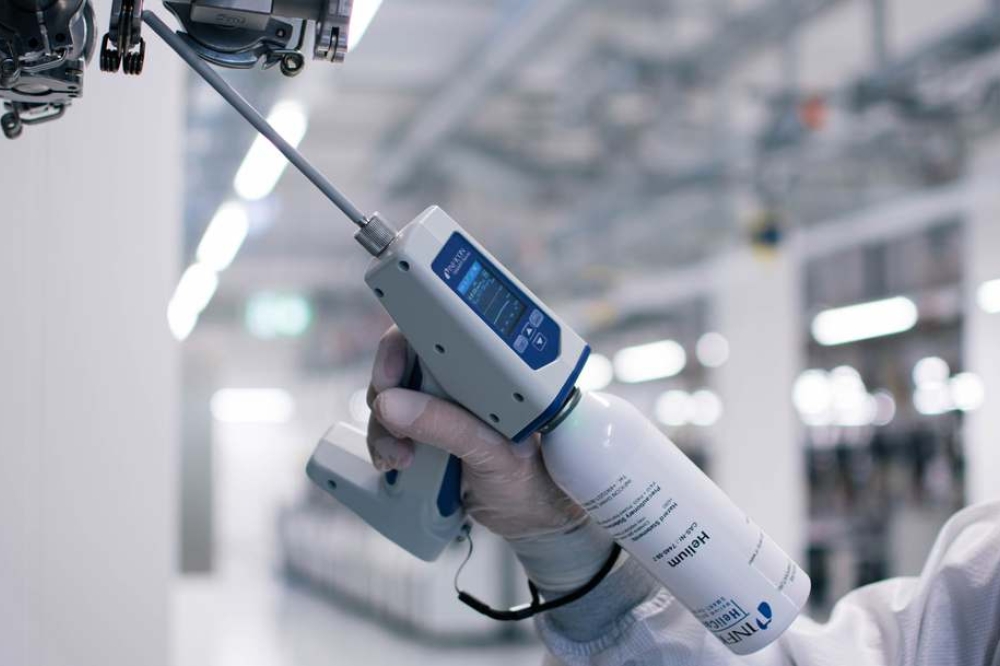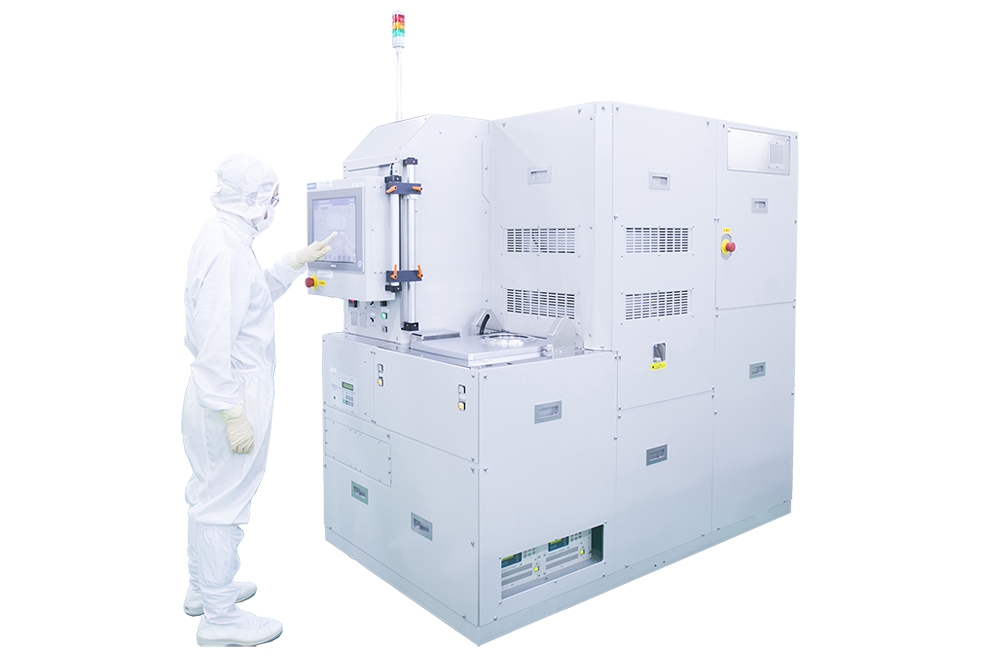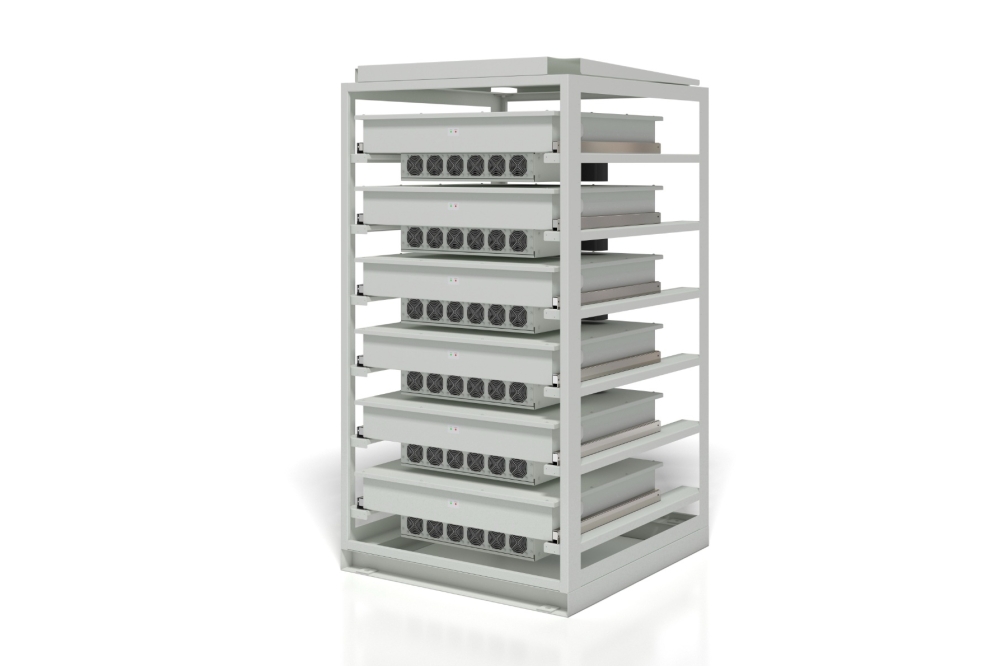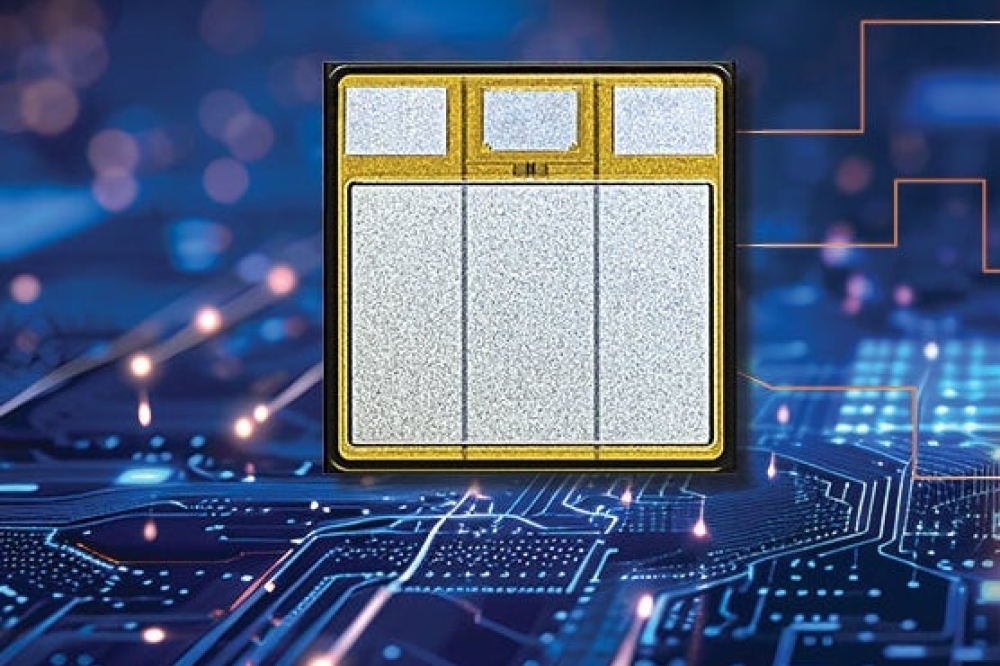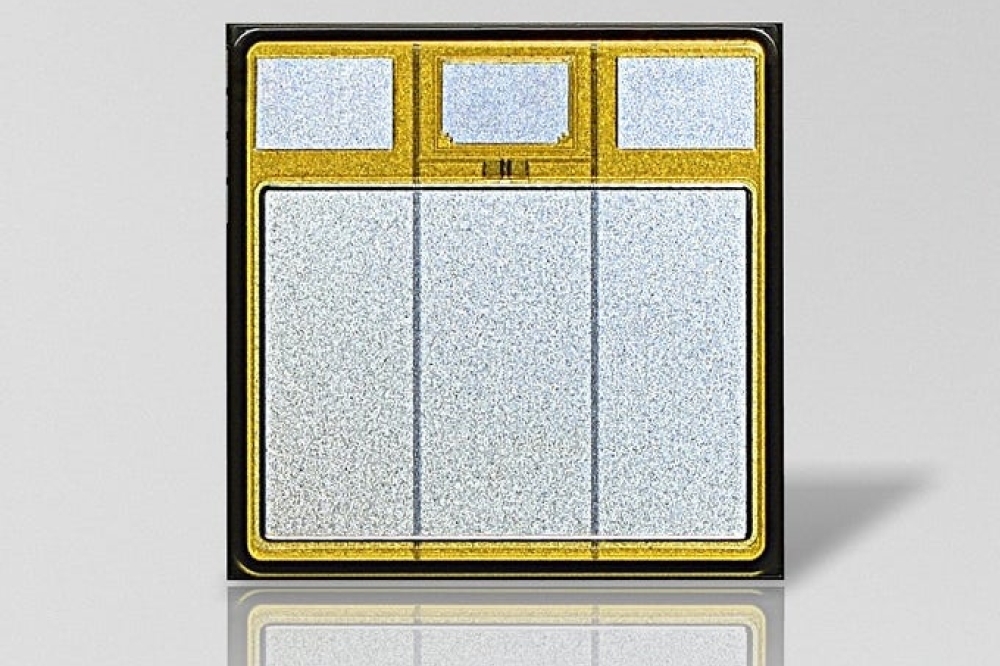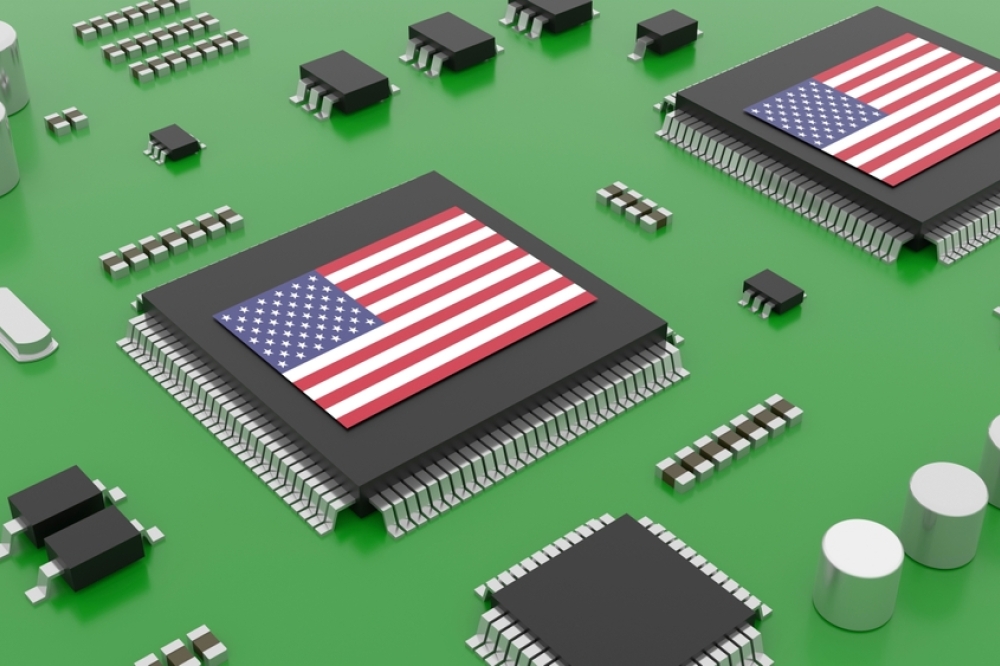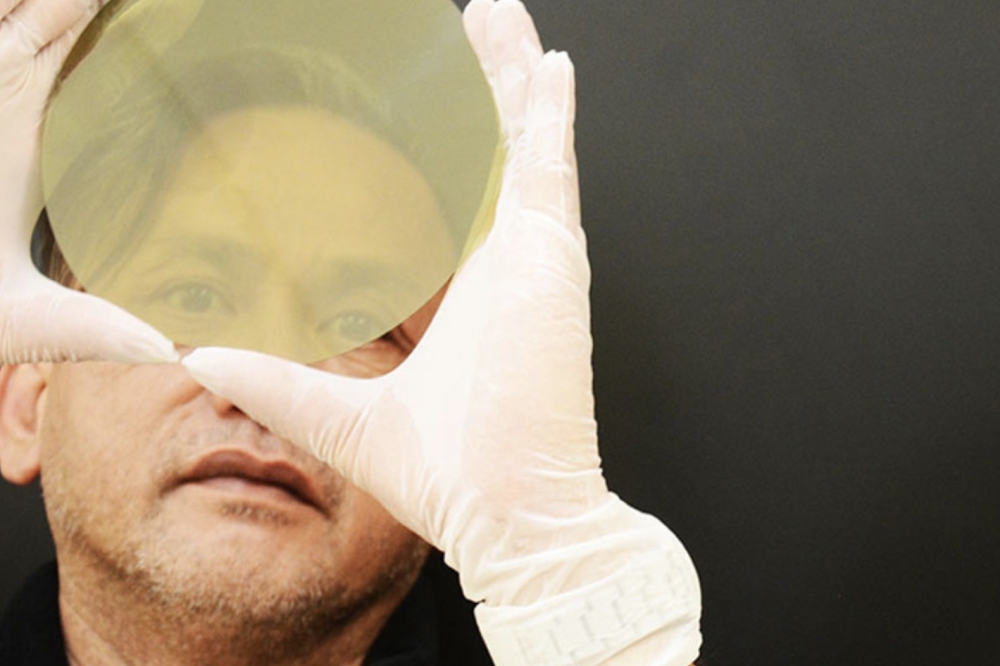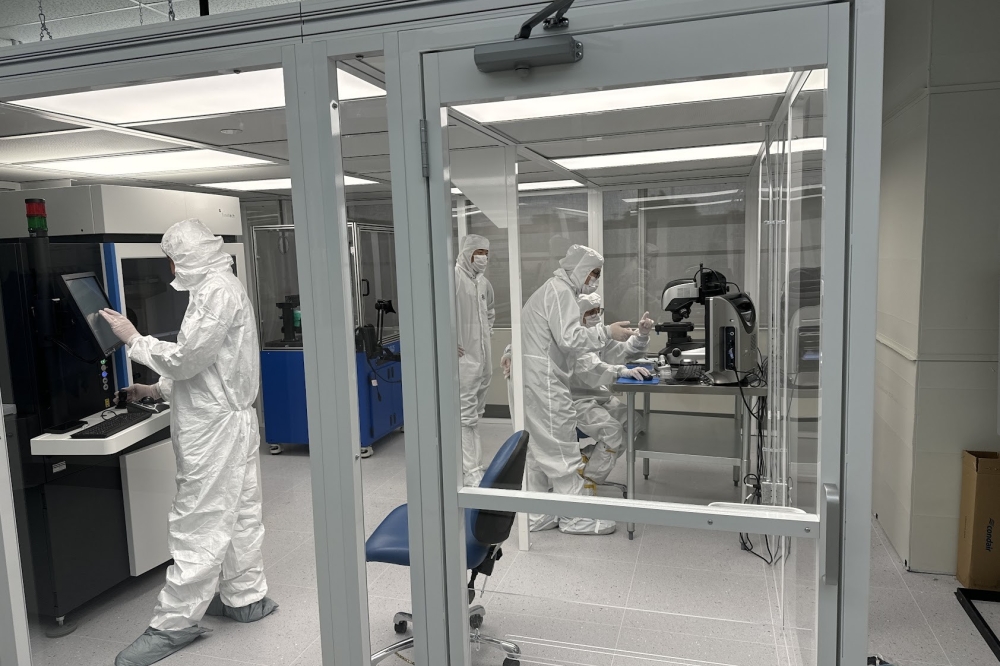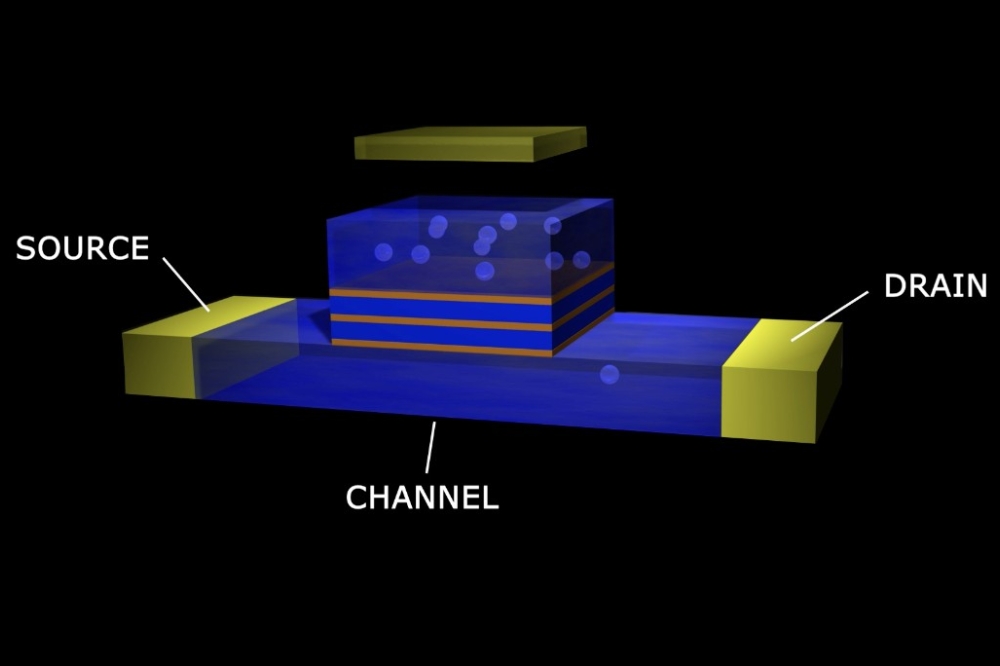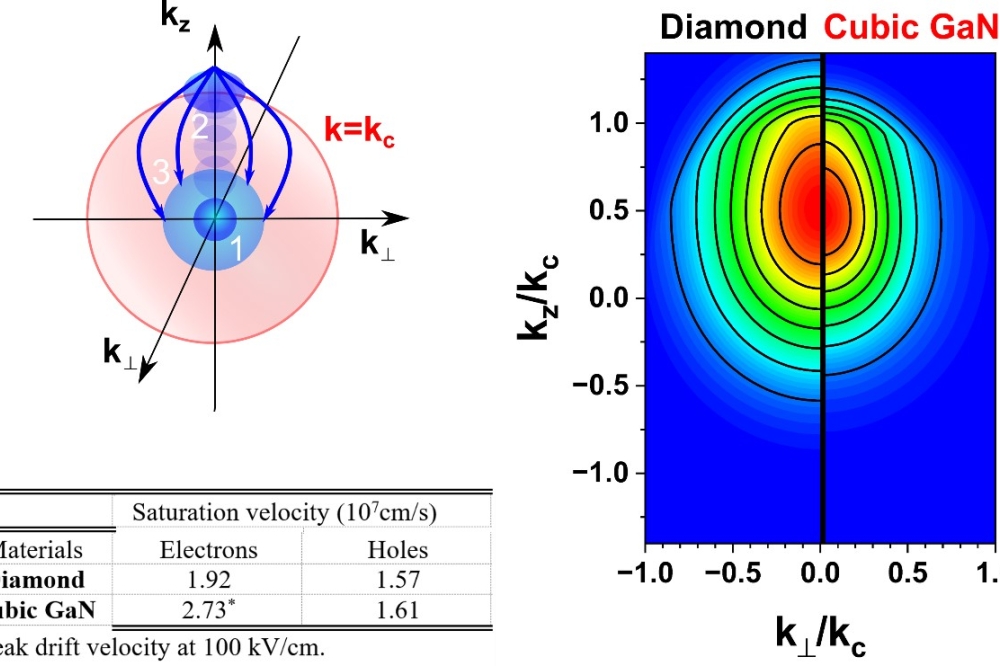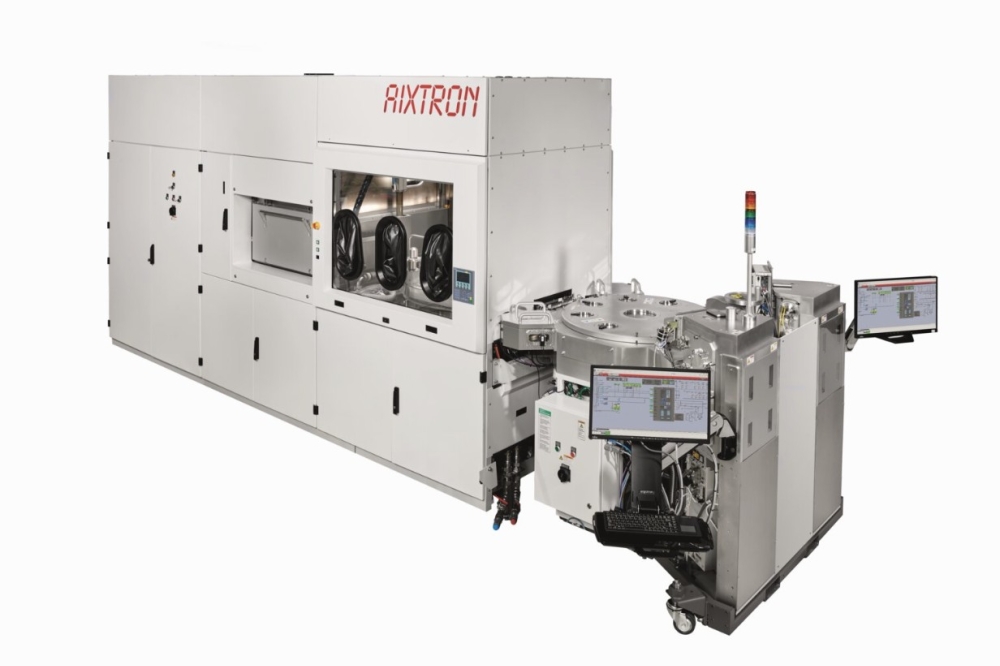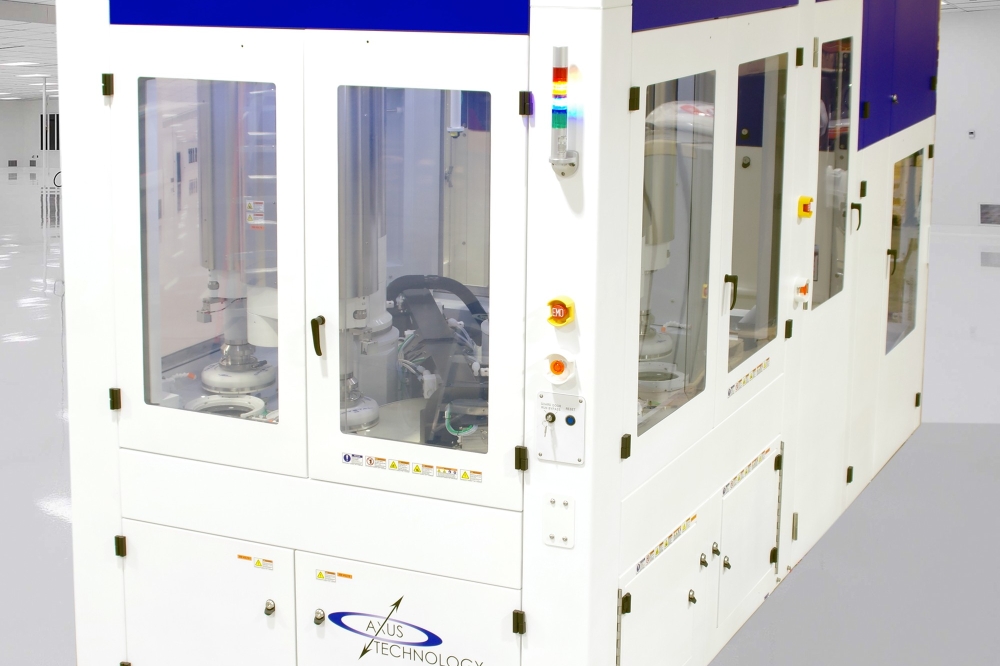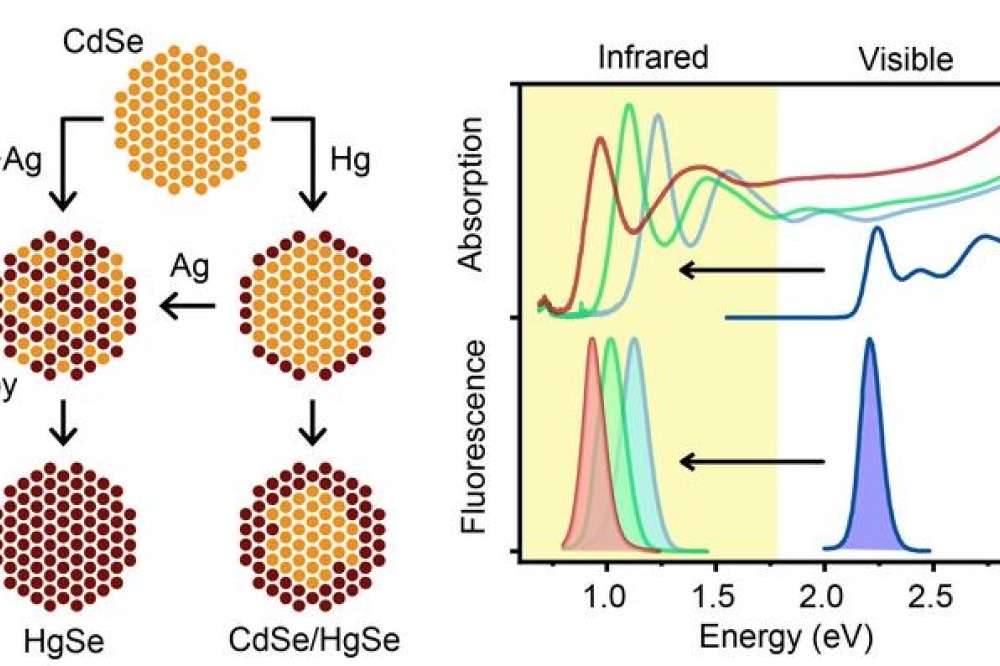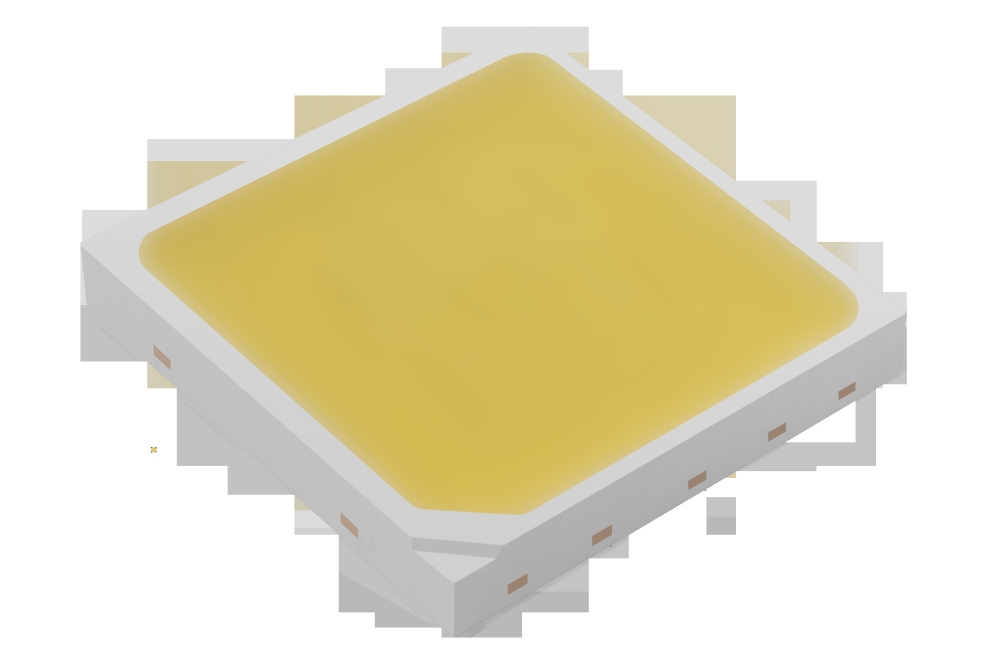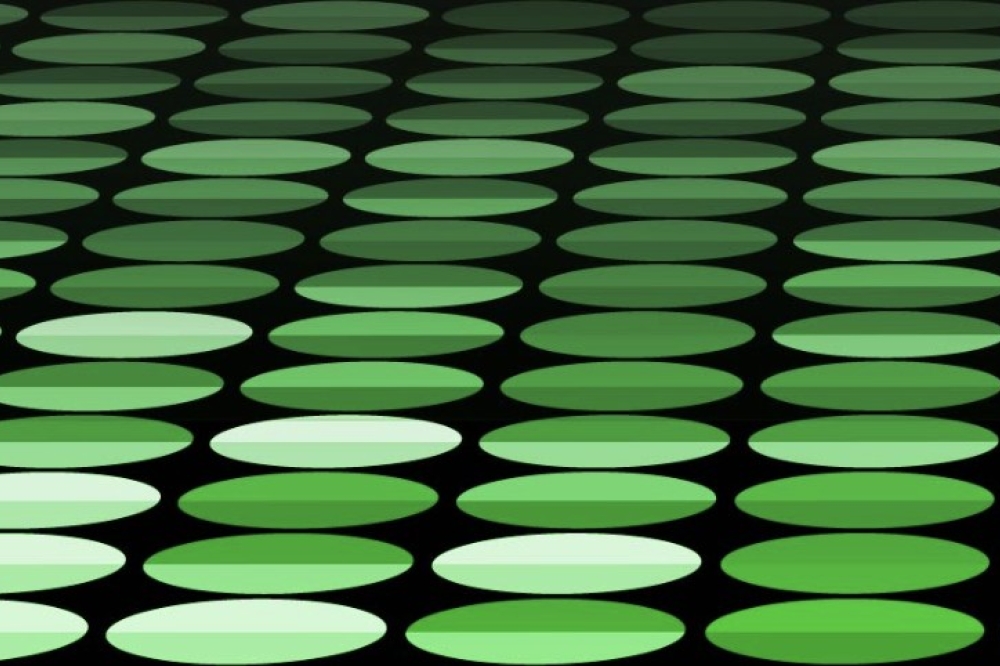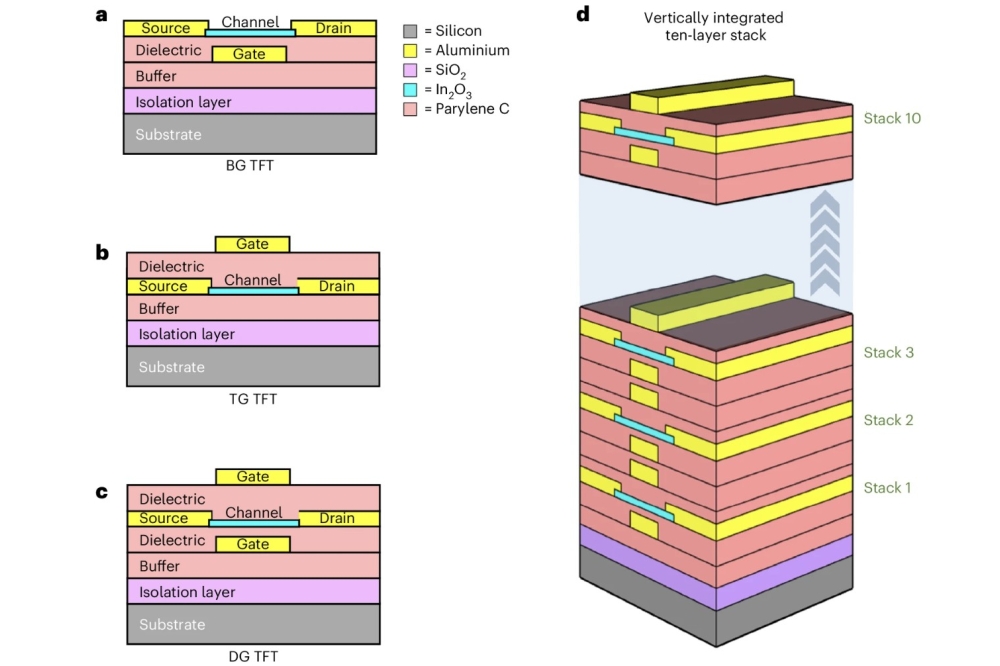News Article
III-V solar cells turn plants into powerhouses
The multi-junction tandem solar cell initially developed at NREL has proved to be an important strategy to understand how to boost the efficiency of corn, grasses, algae, and other plants that use photosynthesis to produce stored solar energy.
Plants can overcome their evolutionary legacies to become much better at using biological photosynthesis to produce energy, the kind of energy that can power vehicles in the near future, an all-star collection of biologists, physicists, photochemists, and solar scientists has found.
A U.S. Department of Energy (DOE) workshop that drew a prestigious collection of 18 scientists to compare the efficiency of plants and photovoltaic solar cells led to an important and provocative scholarly article in the journal Science. Two of the scientists are from DOE’s National Renewable Energy Laboratory (NREL), Arthur J. Nozik and Maria Ghirardi.
Titled“Comparing Photosynthetic and Photovoltaic Efficiencies and Recognizing the Potential for Improvement,” the article combines lessons learned from evolutionary photobiology and modern solar cells to make the case for a potentially huge boost in the efficiency of the solar production of biofuels.
The multi-junction tandem solar cell initially developed at NREL proved to be an important strategy to understand how to boost the efficiency of corn, grasses, algae, and other plants that use photosynthesis to produce stored solar energy.
The annually averaged efficiency of photovoltaic electrolysis based on silicon semiconductors to produce fuel in the form of hydrogen is about 10 %, while a plant’s annually averaged efficiency using photosynthesis to form biomass for fuel is about 1 or 2 %.
Plants, following the path of evolution, are primarily interested in reproducing and repairing themselves. The efficiency at which they produce stored solar energy in biomass is secondary.
Still, things can change.
Just as early Native Americans manipulated skinny, non-nutritious Teosinte into fat, juicy kernel corn, today’s plants can be manipulated to become much better sources of energy.
Nozik, a NREL senior research fellow, and Senior Scientist Mark Hanna recently demonstrated how a multi-junction, tandem solar cell for water splitting to produce hydrogen can provide higher efficiency – more than 40 %-- by using multiple semiconductors and/or special photoactive organic molecules with different band gaps arranged in a tandem structure.
The coupling of different materials with different energy gaps means photons can be absorbed and converted to energy over a wider range of the solar spectrum.
“In photovoltaics, we know that to increase power conversion efficiency you have to have different band gaps (i.e., colours) in a tandem arrangement so they can more efficiently use different regions of the solar spectrum,” Nozik said. “If you had the same gap, they would compete with each other and both would absorb the same photon energies and not enhance the solar conversion efficiency.”
Photosynthesis does use two gaps based on chlorophyll molecules to provide enough energy to drive the photosynthesis reaction. But the two gaps have the same energy value, which means they don’t help each other to produce energy over a wider stretch of the spectrum of solar light and enhance conversion efficiency.
Furthermore, most plants do use the full intensity of sunlight but divert some of it to protect the plant from damage. Whereas photovoltaics use the second material to gain that photoconversion edge, plants do not, Nozik noted.
One of NREL’s roles at the DOE workshop was to help make it clear how the efficiency of photosynthesis could be improved by re-engineering the structure of plants through modern synthetic biology and genetic manipulation based on the principles of high efficiency photovoltaic cells, Nozik said. In synthetic biology plants can be built from scratch, starting with amino acid building blocks, allowing the formation of optimum biological band gaps.
The newly engineered plants would be darker, incorporating some biological pigments in certain of nature’s flora that would be able to absorb photons in the red and infrared regions of the solar spectrum.
As plants store more solar energy efficiently, they potentially could play a greater role as alternative renewable fuel sources. The food that plants provide also would get a boost. And that would mean less land would be required to grow an equivalent amount of food.
The new information in the Science manuscript will help direct the development of new plants that have a better propensity for reducing carbon dioxide to biomass. This could spur exploration of blue algae, which not only comprise about one quarter of all plant life, but are ideal candidates for being genetically engineered into feedstock, because they absorb light from an entirely different part of the spectrum compared to most other plants.
“It would be the biological equivalent of a tandem photovoltaic cell,” said Robert Blankenship, one of the lead authors in the Science paper who studies photosynthesis at Washington University in St. Louis. “And those can have very high efficiencies.”



